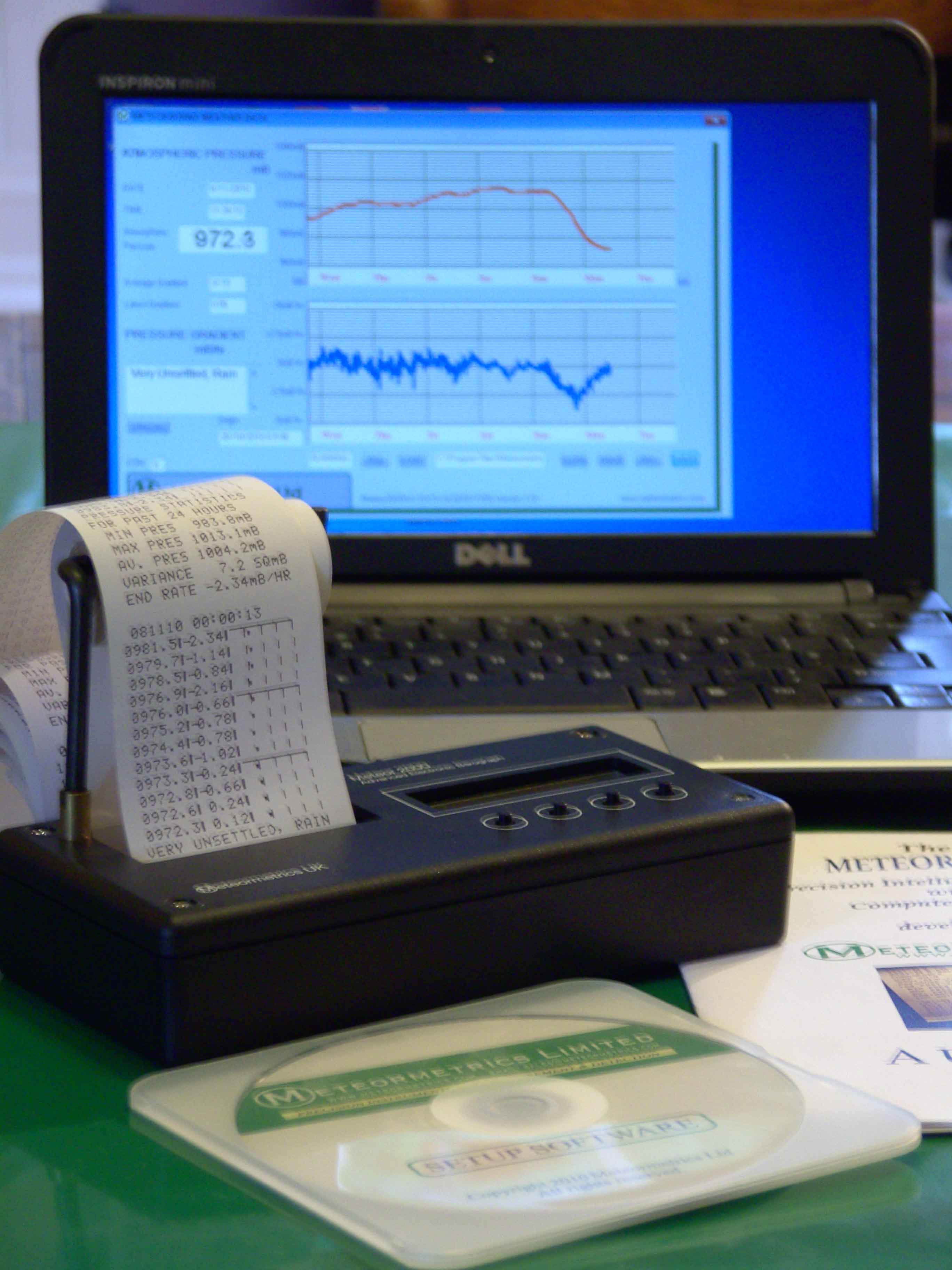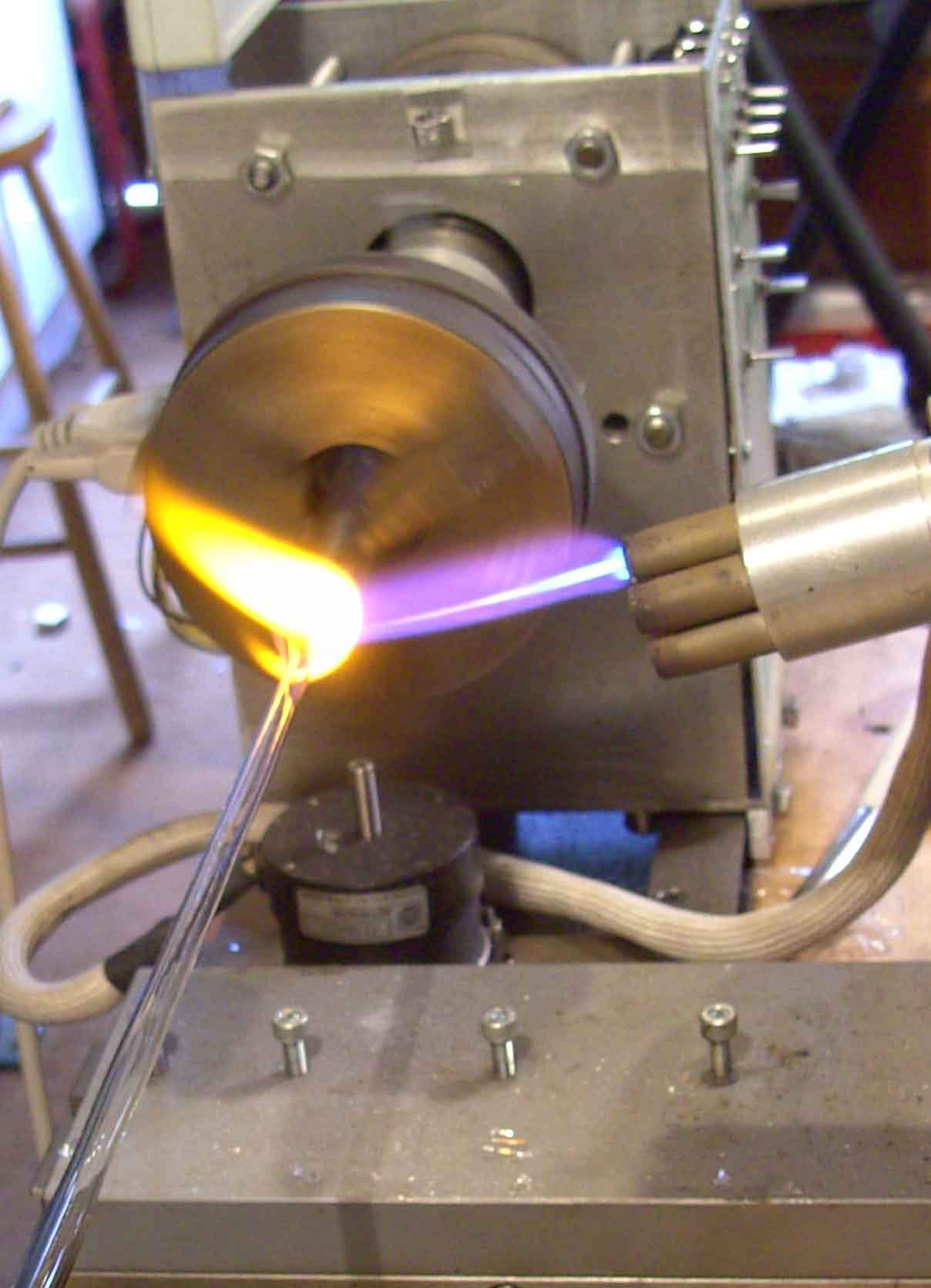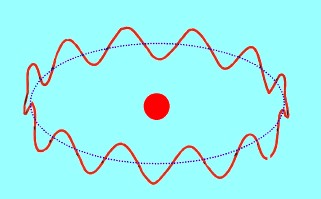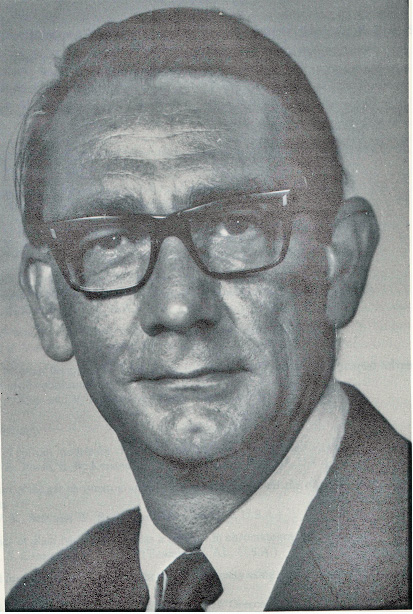ANALYTICAL SPECTROSCOPY
by Raymond P. W. Scott
D.Sc., F.R.S.C., C.Chem., C.Sci. F.A.I.C, F.C.S.
Essential Information for the Analytical Chemist

Specialising in custom-designed, precision scientific instruments, built, programmed and calibrated
to the most exacting standards. The range includes precision dataloging barographs,
with built-in statistical analysis, Barographic Transient Event Recorders
and computer-interfaced detectors and sensors
for environmental monitoring & process control.

A site dedicated to scientific techniques, experimental methods, &
investigative tools for the inventor, researcher
and laboratory pioneer. Articles on glassblowing, electronics, metalcasting, magnetic
measurements with new material added continually. Check it out!
www.drkfs.net
The Absorption of Light
The
absorption of light energy can result in the increase in energy of
the atom or molecule in a number of different ways. If the light is
in the UV/Visible region it can produce an electronic change whereby
an electron is moved to an orbit of higher energy. If the light is in
the infrared range then it can result in an increase in vibrational
or rotational energy. It is not intended here to deal extensively
with the wave theory of light but some basic concepts must be
introduced to understand the basic mechanics of UV spectrometry.From
equation (1) and (2)he energy (E)
in a quantum of light of frequency(ν)
is given by,
 (3)
(3)
where
(c) is the velocity of light, (λ)
is the wavelength of the light,
and
(h)
is Planks constant = 6.62 x 10-27
ergs/sec.
The
size of a single quantum of light energy is inconveniently small and
so the energy associated with the transition of (N)
quanta is used (where (N)
is Avogadro’s number 6.02 x 1023,
the number of molecules in a gram molecule of the substance). The
energy associated with the transition of a gram molecule is called an
einstein.
Thus, the number of einsteins required to effect a given transition
will vary with the frequency of the radiation. Consider first the
Bohr atom, which is depicted in figure 6 as a hydrogen atom.

Although now
considered obsolete, the Bohr atom serves as a useful introduction to
the phenomena of light absorption and light emission and, thus, will
briefly be discussed. Bohr depicted the hydrogen atom as a central
positively charged nucleus (in the case of hydrogen , a single proton)
orbited by a negatively charged electron held in equilibrium by the
balanced outward centrifugal force and the inward electrical
attractive force. This likens the electron and atom to a planet
revolving round a star. The electron could spin round a number of
different orbits having different energies in each, the actual energy
increasing as the orbit becomes larger. Three such orbits are
depicted in figure 6, labelled (n=1), (n=2), and (n=3). The innermost
orbit has the lowest energy (n=1).
If
light of 656 nm wavelength strikes a hydrogen atom and is absorbed
(E=
hν)
and this can result in an electron in the orbit where n=2 being
transferred to the orbit where n=3. In a similar manner if an
electron in orbit n=3 falls back to the obit where n=2 then light of
656 nm will be emitted. Thus, the basic mechanics of UV/visible
light absorption and fluorescent
emission can be accounted for. However, although the energy
difference of the electrons between orbits could be understood, an
explanation of the factors that control the value of (n) requires a
more sophisticated model to be considered. The star-planet model must
be significantly modified.
In
1924 the concept was introduced that all electromagnetic radiation
could be considered as either waves or particles and furthermore very
small particles (i.e.
electrons) travelling at high speed could also exhibit wave
properties. This was confirmed by experiments that demonstrated the
diffraction of electrons (in the manner of light) and ultimately the
development of the electron microscope.
In 1924, Broglie
produced equations that reconcile, in a relatively simply way, this
particle-wave nature as follows.
If(λ)
is the wavelength of the wave and (p)
the momentum of the particle,
 ()And
for an electron, mass (me)
traveling in a straight line at a velocity (v)
()And
for an electron, mass (me)
traveling in a straight line at a velocity (v)
Then
 (5)
(5)
The
wave nature of the electron easily explains the restricted nature of
the different orbits. The electron can only exist in orbits in which
the wave is a standing
wave.
Such
a condition is depicted in figure 7. It follows that if the orbit
radius is (r),
for a standing wave the circumference of the orbit.
And for an
electron, mass (me) travelling in a straight line at a velocity (v)
 (6)
(6)
The integer (n)
is known as the principal quantum number introduced by Bohr and can
take values of 1.2.3………n

The orbital
depicted in figure 7 is for n =12.
The behaviour of
an electron as a wave rather than as a particle provoked a quite
different approach to the theory called Quantum Mechanics or Wave
mechanics. The subject of wave mechanics is outside the scope of this
book and for those readers who wish to study the subject further they
are recommended to read Basic Atomic and Molecular Spectroscopy by J.
Michael Hollas published by the Royal Society of Chemistry.

About the Author
RAYMOND PETER WILLIAM SCOTT was born on June 20 1924 in Erith, Kent, UK. He studied at the
University of London, obtaining his B.Sc. degree in 1946 and his D.Sc. degree in 1960.
After spending more than a decade at Benzole Producers, Ltd. Where he became head of
the Physical Chemistry Laboratory, he moved to Unilever Research Laboratories as
Manager of their Physical Chemistry department. In 1969 he became Director of Physical
Chemistry at Hoffmann-La Roche, Nutley, NJ, U.S.A. and subsequently accepted the position
of Director of the Applied Research Department at the Perkin-Elmer Corporation, Norwalk, CT, U.S.A.
In 1986 he became an independent consultant and was appointed Visiting Professor at Georgetown
University, Washington, DC, U.S.A. and at Berkbeck College of the University of London; in 1986
he retired but continues to write technical books dealing with various aspects of physical chemistry
and physical chemical techniques. Dr. Scott has authored or co-authored over 200 peer reviewed
scientific papers and authored, co-authored or edited over thirty books on various aspects of
physical and analytical chemistry. Dr. Scott was a founding member of the British chromatography
Society and received the American Chemical society Award in chromatography (1977), the
M. S. Tswett chromatography Medal (1978), the Tswett chromatography Medal U.S.S.R., (1979),
the A. J. P. Martin chromatography Award (1982) and the Royal Society of Chemistry Award in
Analysis and Instrumentation (1988).
Dr. Scott’s activities in gas chromatography started at the inception of the technique,
inventing the Heat of Combustion Detector (the precursor of the Flame Ionization Detector),
pioneered work on high sensitivity detectors, high efficiency columns and presented fundamental
treatments of the relationship between the theory and practice of the technique.
He established the viability of the moving bed continuous preparative gas chromatography,
examined both theoretically and experimentally those factors that controlled dispersion
in packed beds and helped establish the gas chromatograph as a process monitoring instrument.
Dr. Scott took and active part in the renaissance of liquid chromatography,
was involved in the development of high performance liquid chromatography and invented
the wire transport detector. He invented the liquid chromatography mass spectrometry
transport interface, introduced micro-bore liquid chromatography columns and used them
to provide columns of 750,000 theoretical plates and liquid chromatography separations
in less than a second.
Dr. Scott has always been a “hands-on” scientist with a remarkable record of accomplishments in chromatography ranging from hardware design to the development of fundamental theory. He has never shied away from questioning “conventional wisdom” and his original approach to problems has often produced significant breakthroughs.




